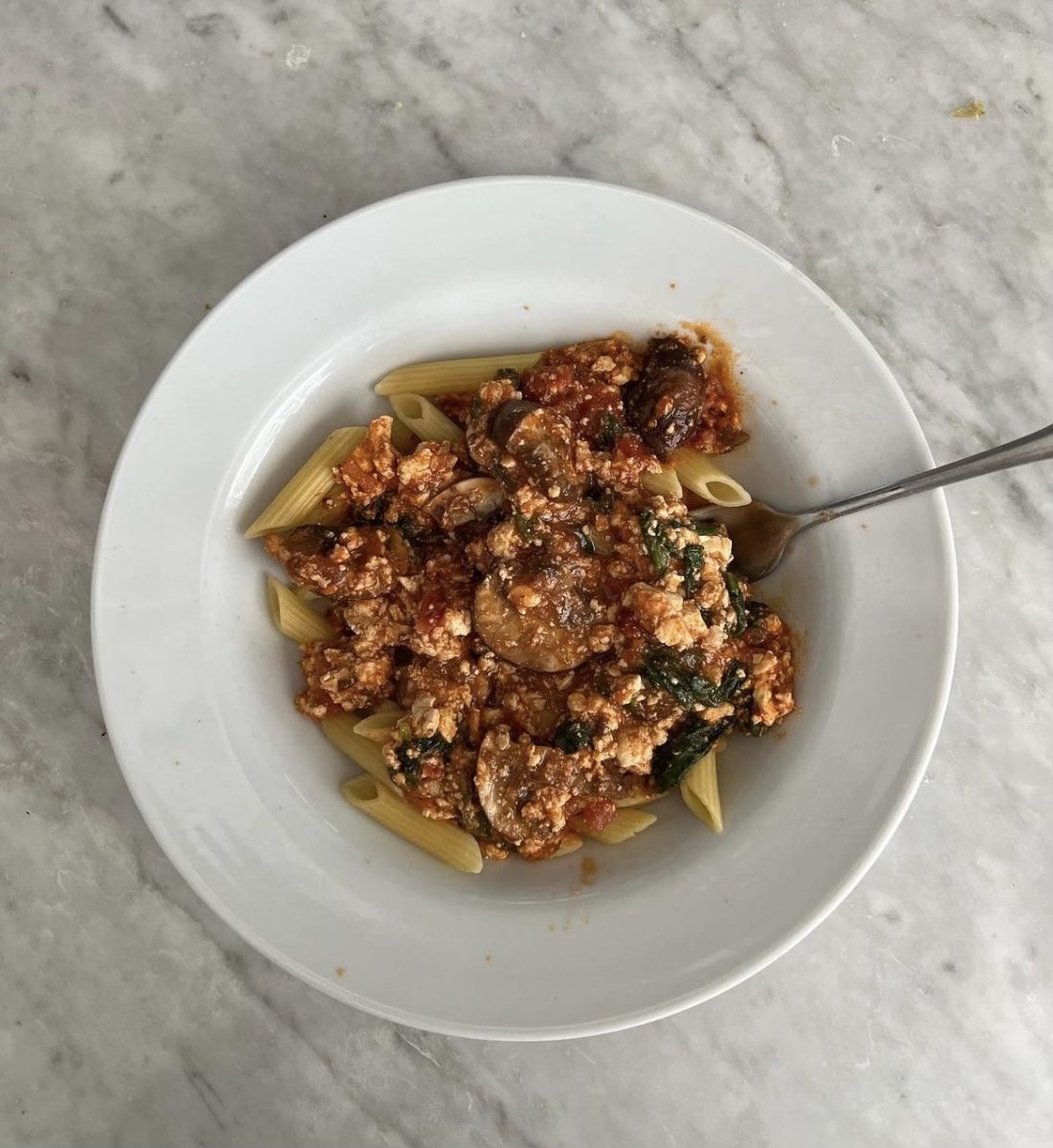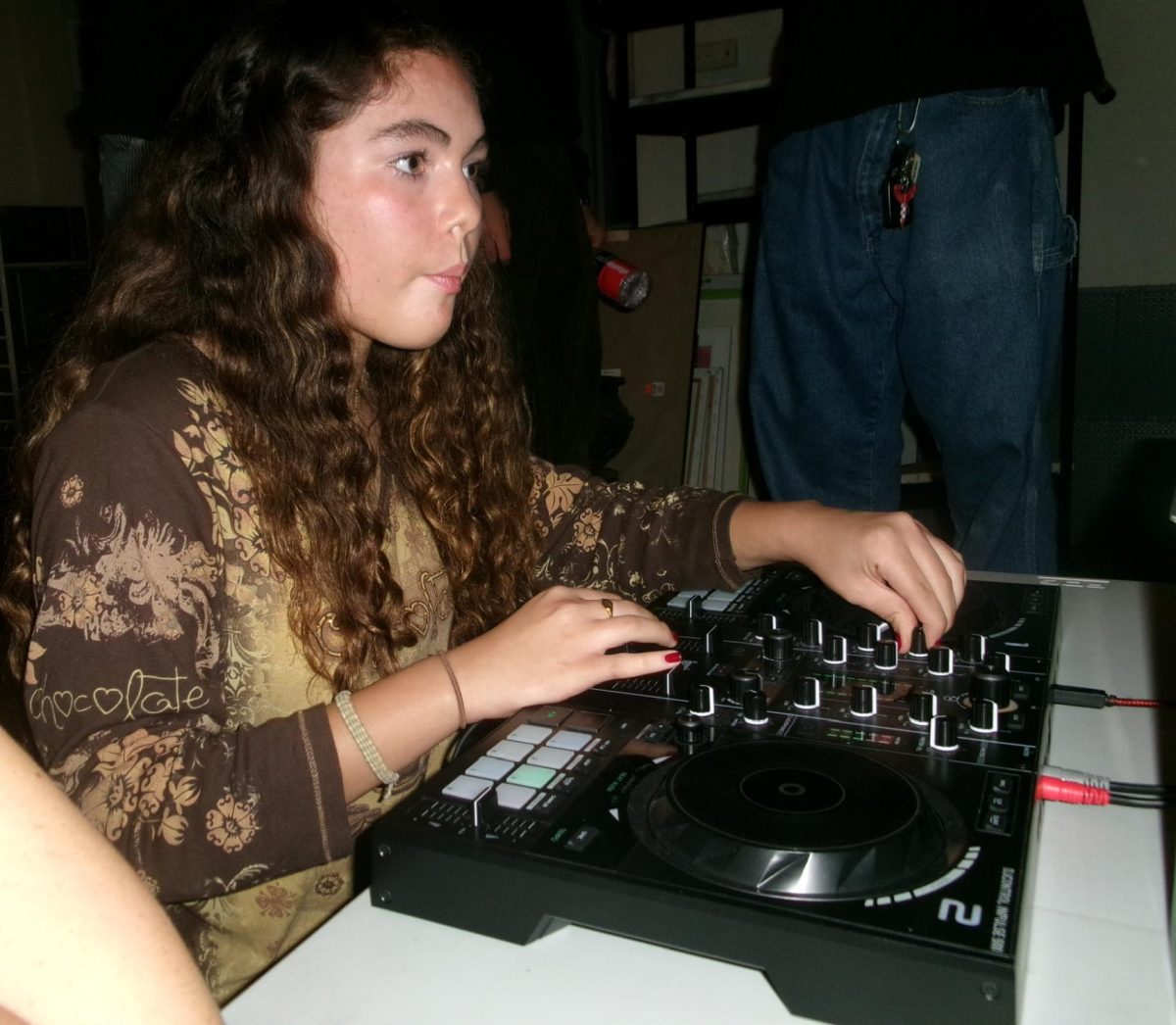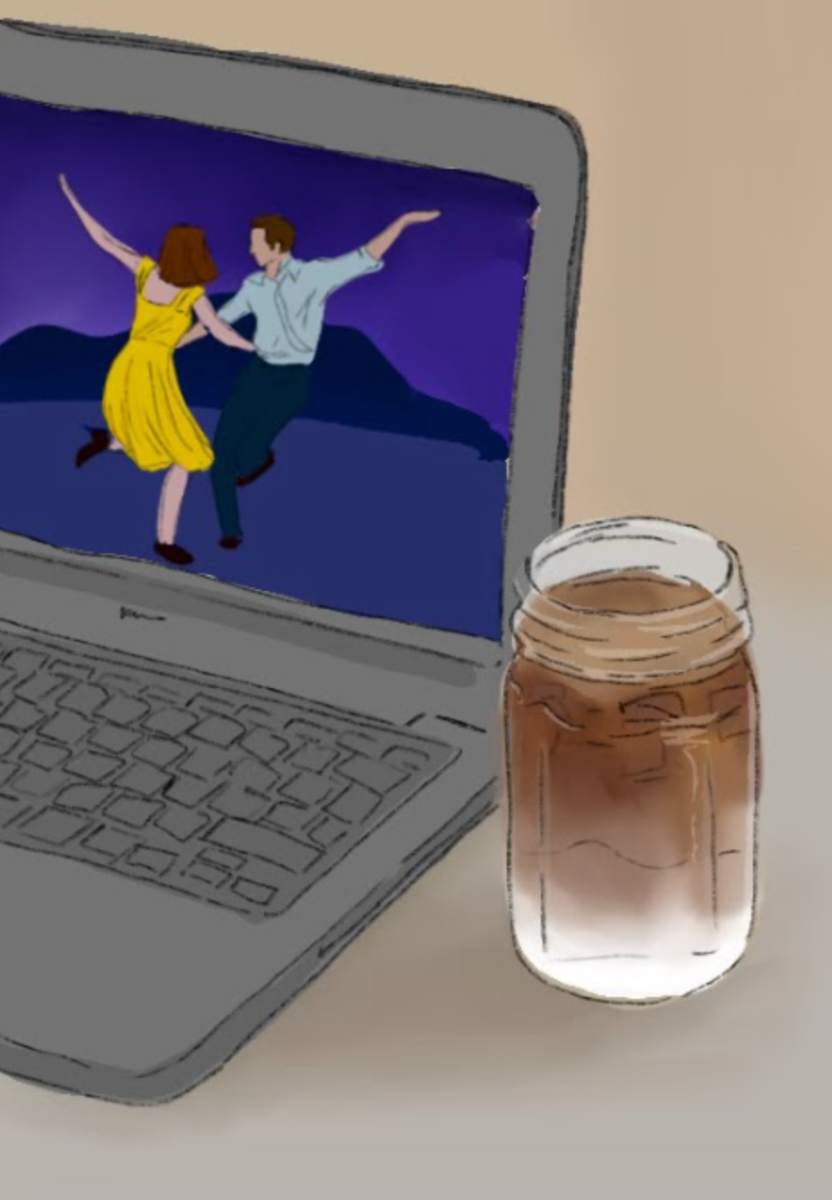Can edible food grow in nuclear wasteland?
The worst nuclear catastrophe to date occurred at the Chernobyl Nuclear Power Plant in the Ukraine in April 1986. After a power surge and explosion, a massive outflow of radioactive material spread throughout the surrounding area; the plume of radioactive material drifted over parts of what was then the western Soviet Union and Europe. Hundreds of thousands of people were evacuated over the course of 25 years from the extremely toxic areas of Belarus, Russia and Ukraine.
After the more recent damage to three nuclear reactors at the Fukushima Daiichi Nuclear Power Station suffered after the 9.0 earthquake and tsunami that hit Japan in March 2011, experts are attempting to develop new methods to extract the radioactive materials from the soil and water sources in the area. After Chernobyl, researchers discovered that “sunflowers grown in floating planters removed 90% of radioactive strontium from ponds.” Uptake of specific metal through the roots of certain plants can decrease the existence of it in the proximate soil or water. Unfortunately the sunflower method used in the soil in Japan proved ineffective, as radioactive fallout was in the surface, and sunflower roots run much deeper into the ground.
The location of a former Soviet nuclear test site, Semipalatinsk, Kazakhstan, sits desolate; however, “in this poisoned place, on a small patch of land near a few downtrodden trailers, there’s an unexpected hint of vitality: bright yellow sunflowers, clustered together near rows of corn.” A team of scientists are working there to prove that edible crops can grow in a nuclear wasteland. The director of the Institute of Radiation Safety and Ecology said that the institute’s preliminary research shows that at least 80 percent of the land at Semipalatinsk can yield food safe for humans. The scientists themselves are so sure of the soundness of their preliminary results that they eat the vegetables and meat from the experimental farm. The final results of the research at Semipalatinsk could influence the clean up of and livability in other regions of the world plagued by radioactive fallout.




